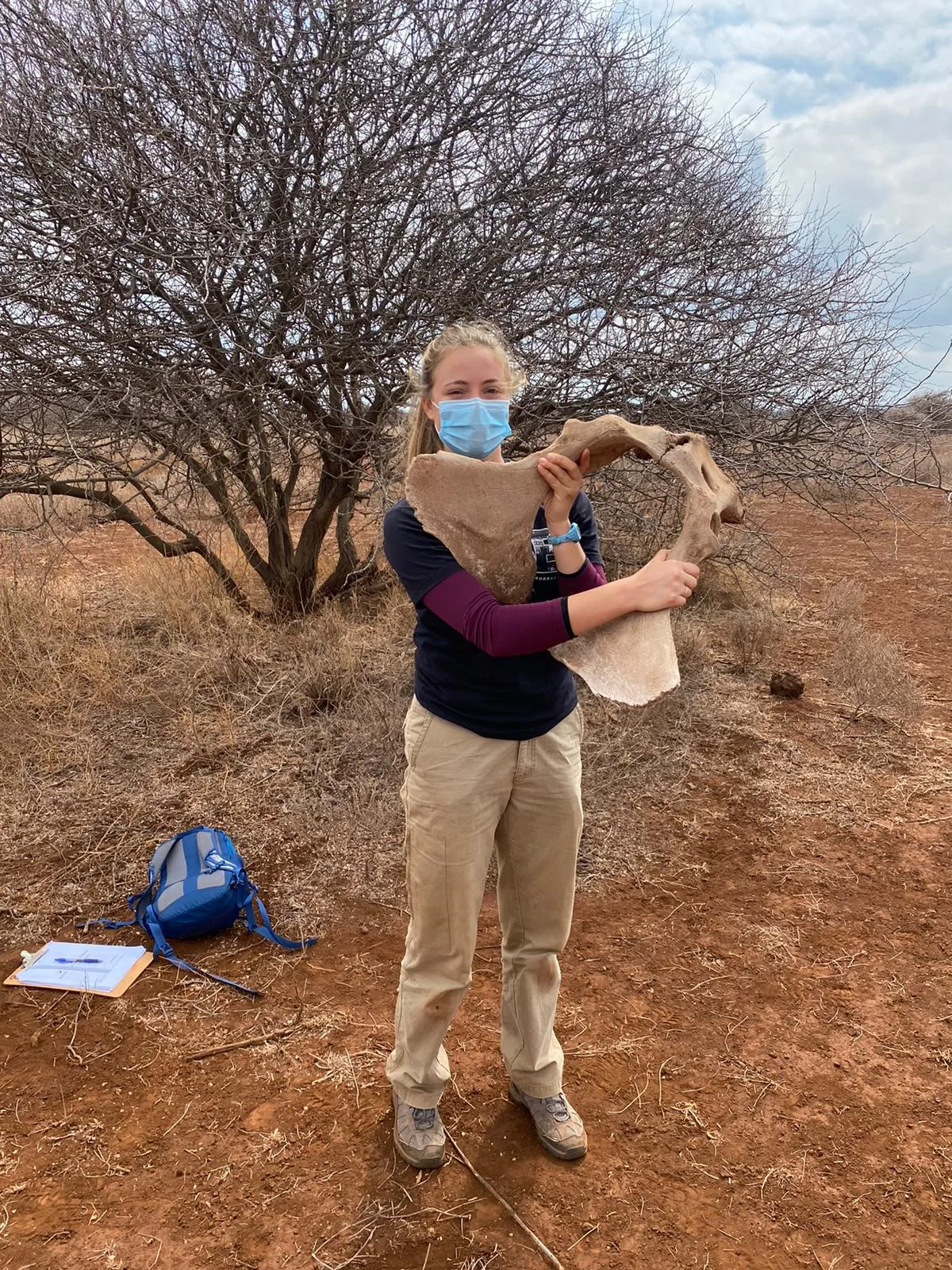Dusty Days in the Field
Talk to your lawmakers, yell loud, and support young scientists.
Monday will mark three weeks here at camp. I can proudly say I have minimally sunburned myself despite all my time out in the sun. Even after a multi-hour field exercise, my huge hat and long-sleeved button-ups have saved me from the worst of the equator sun’s scorching rays.
The field exercises have been a rewarding way apply the knowledge we learn in class. After a lesson on plant cover and nutritional needs, my wildlife ecology class took to the field. Clipboards, tape measure, and long metal pin in hand, we traversed a 1km transect, poking holes in the ground to the left and right at every large pace. I got paired with my professor and was able to convince him to let me do the poking (the best part), while he did the measuring from the poke point to the nearest “viable tuft” and wrote down the measurements. My steps were supposed to be as close to one meter apart as I could make them, in a straight line, along 230 degrees. Between the huge hat and my tiny legs, this meant I often jumped my way into a thorn bush and did not notice until I had firmly planted myself in its midst. These thorny plants, which for the purposes of our exercise we generalized to “forbs,” are entirely inviable for grazing. Our guide was a wonderful help, easily identifying the closest grass with just a few shuffles of his finger in the dirt next to the measly-looking tuft. It took us about 2 hours to do our 1km stretch, marking 16 points at a time before proceeding 150m in our intended direction. With my range of vision impaired by the hat and intense focus on keeping a straight course, I got caught on just about every acacia tree in the conservancy. Shout out to my professor who dutifully unstuck me every time.
On our sampling walk, we spent a lot of time looking at the ground and I kept noticing this spot of blue. What I at first thought were bits of plastic turned out to be spider holes. According to national geographic, this phenomenon is created by the reflection of ultraviolet light.

Spider holes seen on our excursion. Photo by Katherine Foree.
While we have not analyzed the data yet (that will happen on Sunday) we will be finding out the most common grasses, their coverage, and the general nutrition value of the grasses at the conservancy. At one point, all my pins landed more than a foot away from any live grasses. All that was in the general vicinity was the same species. I asked my professor about the nutritional value for that particular plant and I will never forget the look in his eyes as he turned up to me and, with a slightly wild look in his eye, said “almost zero”. This does not bode well for the plants and animals of the region. For the animals, it means that they must eat significantly more, spending more of their day traveling. In turn, the plants are grazed to the ground and with the unpredictable and dwindling rains, the plants are unable to recover before the animals eat them to the ground. If all the grasses disappear in this way, so will the majority of what is keeping these grasslands from becoming desserts. Even now, blowing my nose on my way back produced dark brown crust and the shower swirled in murky eddies down the drain.
Despite the western imagination, Africa is not just a desert or a jungle, but as grazing land for wildlife and livestock dwindle as private land ownership grows, it seems like the myth of a barren wasteland threatens to come true. My English teacher taught me that it is bad form to deliver a depressing message and not include a way forward through that darkness, so I will leave you with this: raise a fuss to lawmakers about climate change. I was talking to one of our professors here at SFS Kenya and he was telling us that even laws in America make a big difference abroad. When America puts its best foot forward, other countries sit up and listen. Talk to your lawmakers, yell loud, and support young scientists.

Fellow SFS Kenya student Joy Oakes holding a giraffe pelvis. Photo by Willie Wiebe.

Fellow SFS Kenya student Haley Schulz during our field excursion. Photo by Elspeth Collard.
_______
Curious to learn a bit more about the SFS Kenya Center? Click here to read about why we’re based there, our environmental research focus, how we connect and support the local community, and even take a tour of the Center.
Related Posts

Camila Rojas: Alumni Spotlight⭐

